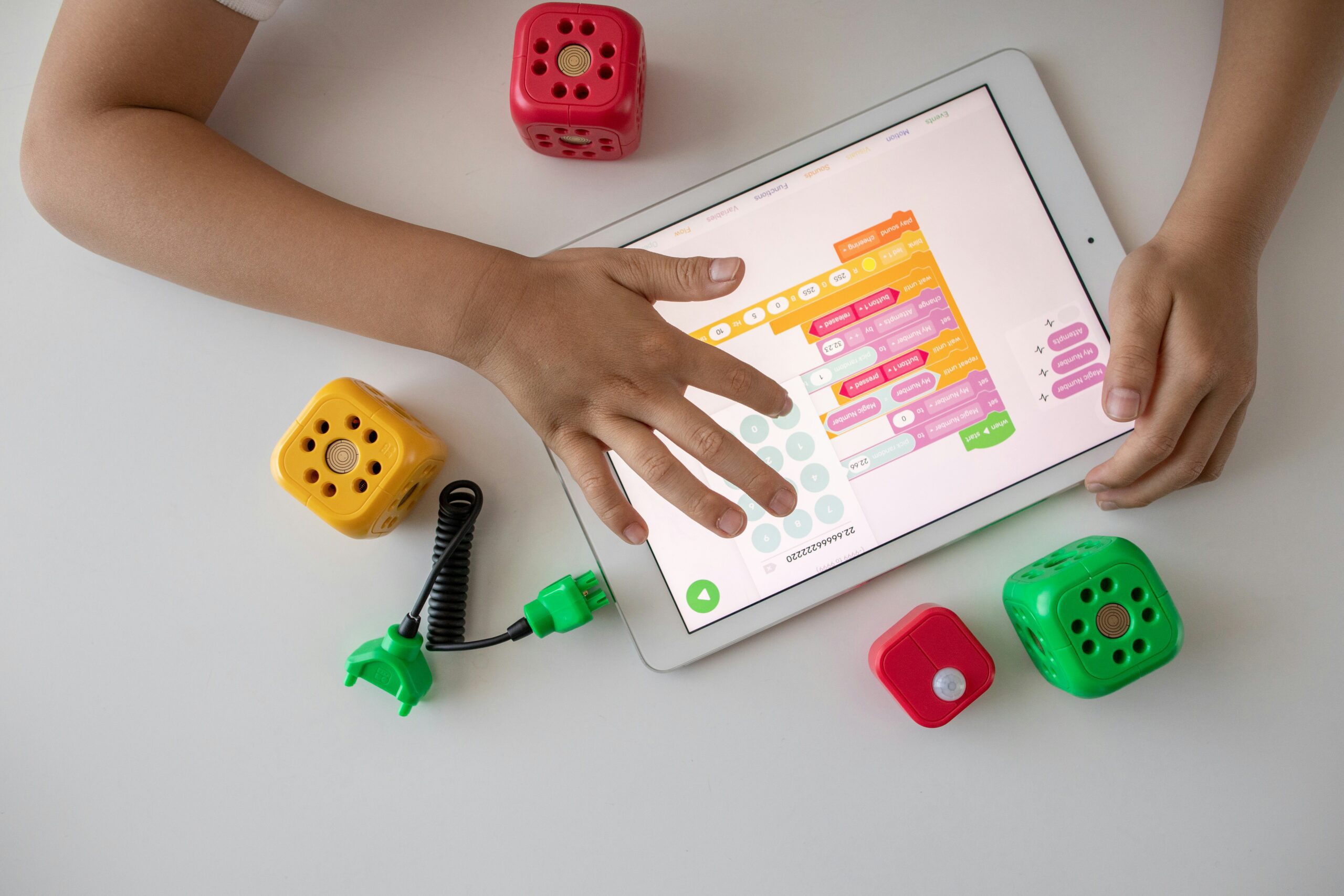Astronomy has always captivated the human imagination. The vastness of the universe, the beauty of celestial bodies, and the mysteries that lie beyond our planet have intrigued people for centuries. With advancements in technology, we now have the opportunity to explore space like never before. However, the complex nature of astronomical concepts and data can sometimes make it difficult for the general public to engage with and understand. This is where user interface (UI) and user experience (UX) design play a crucial role in making space accessible to all.
UI/UX design focuses on creating intuitive and user-friendly interfaces that enhance the overall experience of using a product or service. When it comes to astronomy education, effective UI/UX design can make a significant difference in how people interact with astronomical information and concepts. By simplifying complex data and presenting it in a visually appealing and engaging manner, UI/UX designers can make space exploration more accessible and enjoyable for everyone.
The Importance of UI/UX in Astronomy Education
Astronomy is a field that encompasses a wide range of complex concepts, from understanding the motion of planets to comprehending the nature of black holes. For someone new to the subject, these concepts can be overwhelming. UI/UX design can bridge this gap by breaking down complex information into digestible pieces and presenting it in a way that is easy to understand.
A well-designed UI/UX can also enhance the learning experience by providing interactive features and engaging visuals. For example, a user-friendly mobile app or website can allow users to explore the night sky in real-time, identify constellations, and learn about the different objects they see. By incorporating gamification elements, such as quizzes and challenges, UI/UX designers can make astronomy education more interactive and enjoyable, encouraging users to further explore the subject.
Designing Accessible UI/UX for Astronomy Education
When designing UI/UX for astronomy education, it is important to consider the diverse needs and abilities of the target audience. Accessibility should be a top priority to ensure that everyone, regardless of their background or physical abilities, can engage with the content. Here are some key considerations for designing accessible UI/UX in astronomy education:
- Clear and concise language: Avoid jargon and use plain language to explain complex concepts. Provide definitions and explanations for technical terms.
- Visual aids: Use diagrams, illustrations, and animations to visually represent astronomical phenomena and concepts. This can help users grasp complex ideas more easily.
- Responsive design: Ensure that the UI/UX design is responsive and adapts to different screen sizes and devices. This allows users to access the content on their preferred platform, whether it’s a desktop computer, tablet, or smartphone.
- Color contrast and readability: Use high contrast colors and legible fonts to ensure that the content is easily readable for users with visual impairments.
- Navigation and organization: Design an intuitive navigation system that allows users to easily find and access different sections of the educational material. Use clear labels and logical organization to enhance usability.
- Feedback and assistance: Provide feedback and guidance to users throughout their learning journey. This can include error messages, tooltips, and contextual help to assist users in understanding and navigating the content.
The Future of UI/UX in Astronomy Education
As technology continues to advance, the possibilities for UI/UX design in astronomy education are endless. Virtual reality (VR) and augmented reality (AR) technologies have the potential to revolutionize the way we learn about space. Imagine being able to explore the surface of Mars or witness a supernova up close through immersive experiences. UI/UX designers will play a crucial role in creating these interactive and engaging educational tools.
Additionally, advancements in data visualization techniques and artificial intelligence (AI) can further enhance the accessibility and understanding of astronomical data. UI/UX designers can leverage these technologies to create interactive data visualizations that allow users to explore and analyze complex astronomical information in a user-friendly and intuitive manner.
Conclusion
UI/UX design has the power to make astronomy education more accessible and engaging for a wider audience. By simplifying complex concepts, incorporating interactive features, and considering accessibility, UI/UX designers can bridge the gap between the vastness of space and the curious minds of learners. As technology continues to evolve, the future of UI/UX in astronomy education holds great promise for making space exploration accessible to all.











Leave a Reply